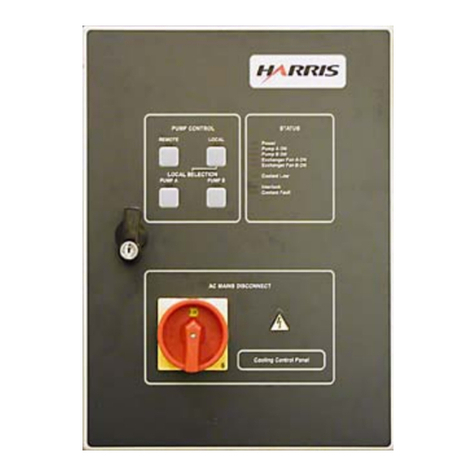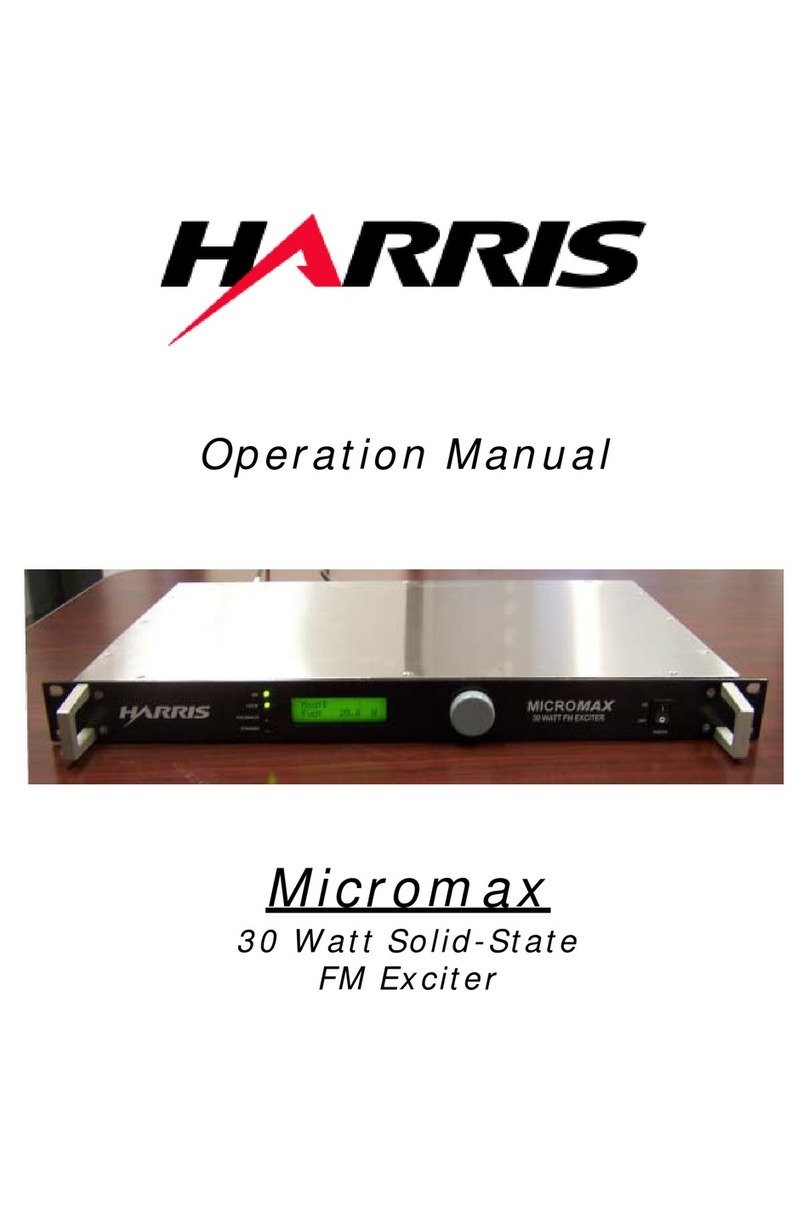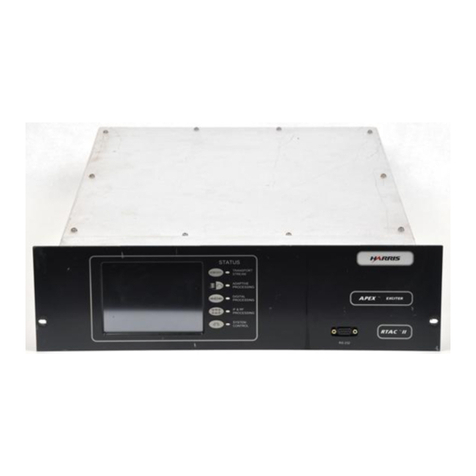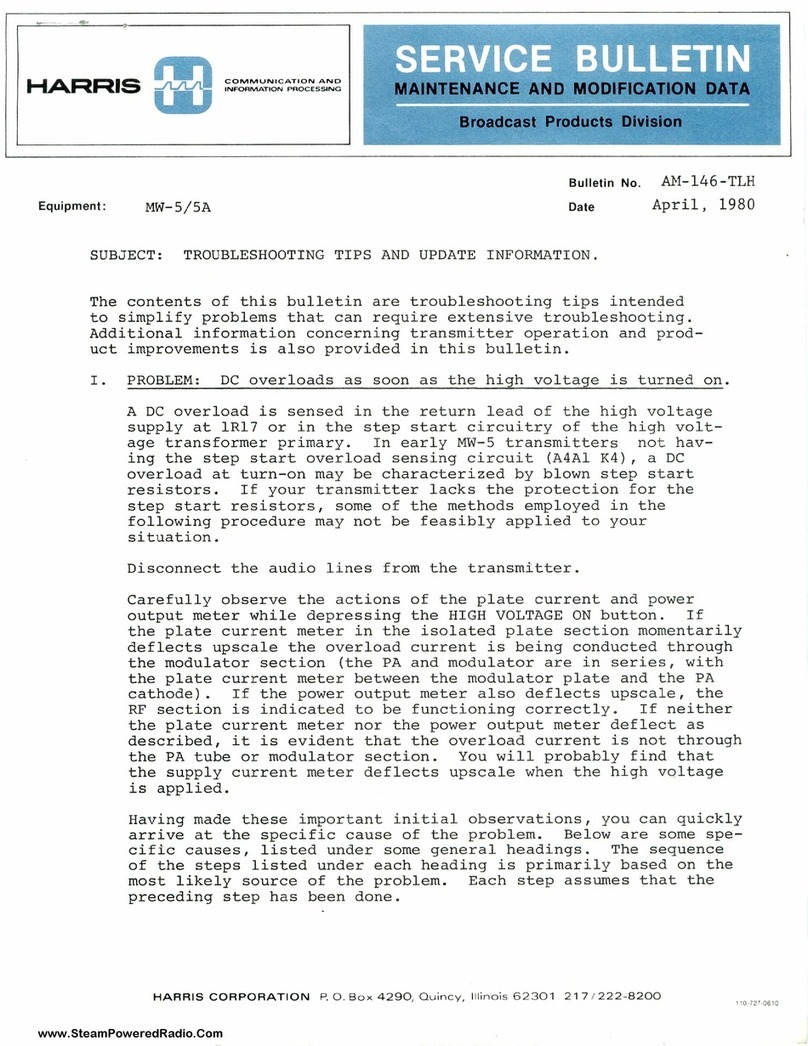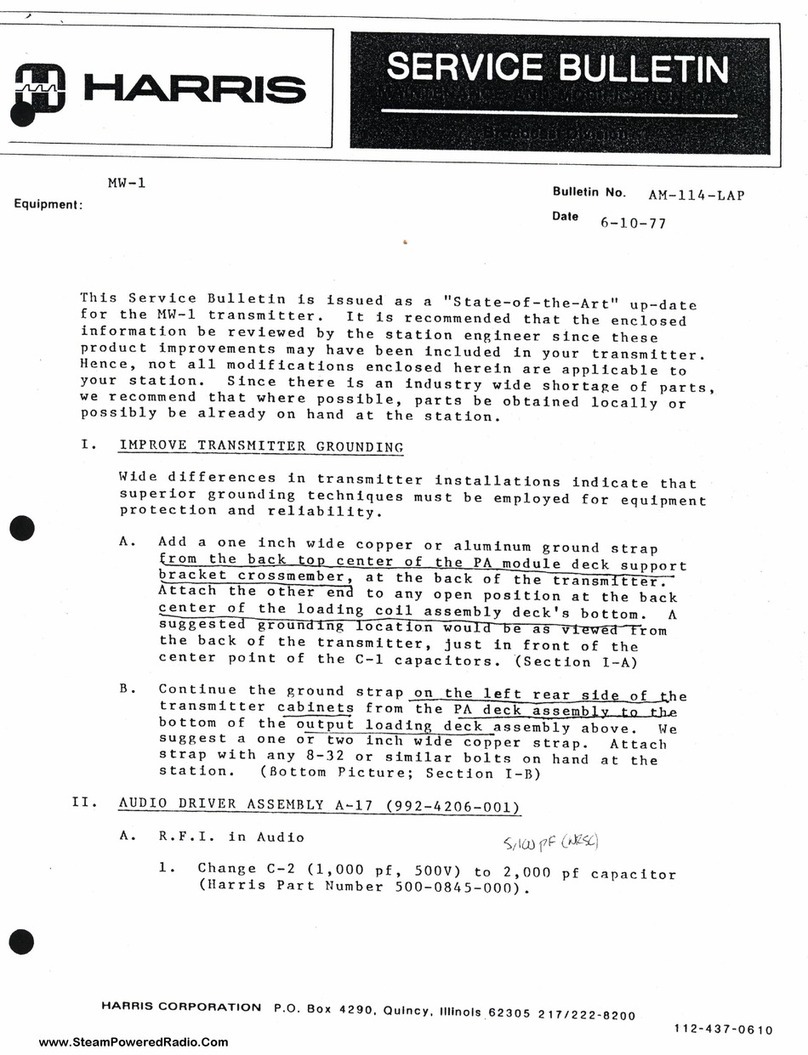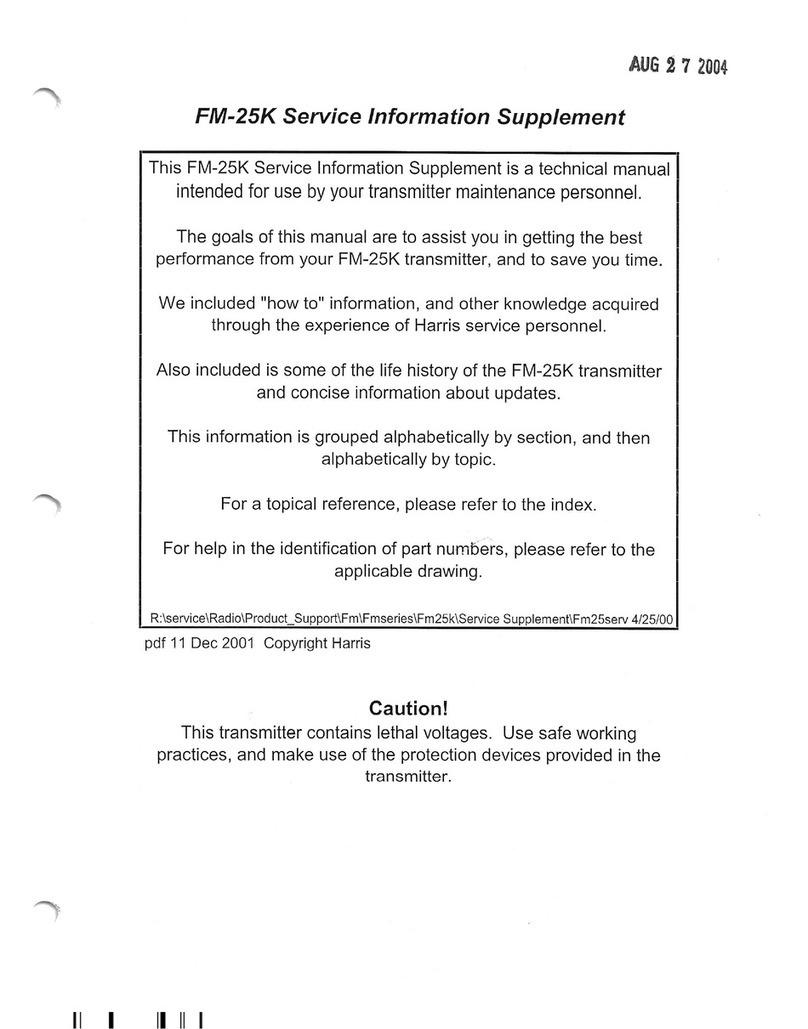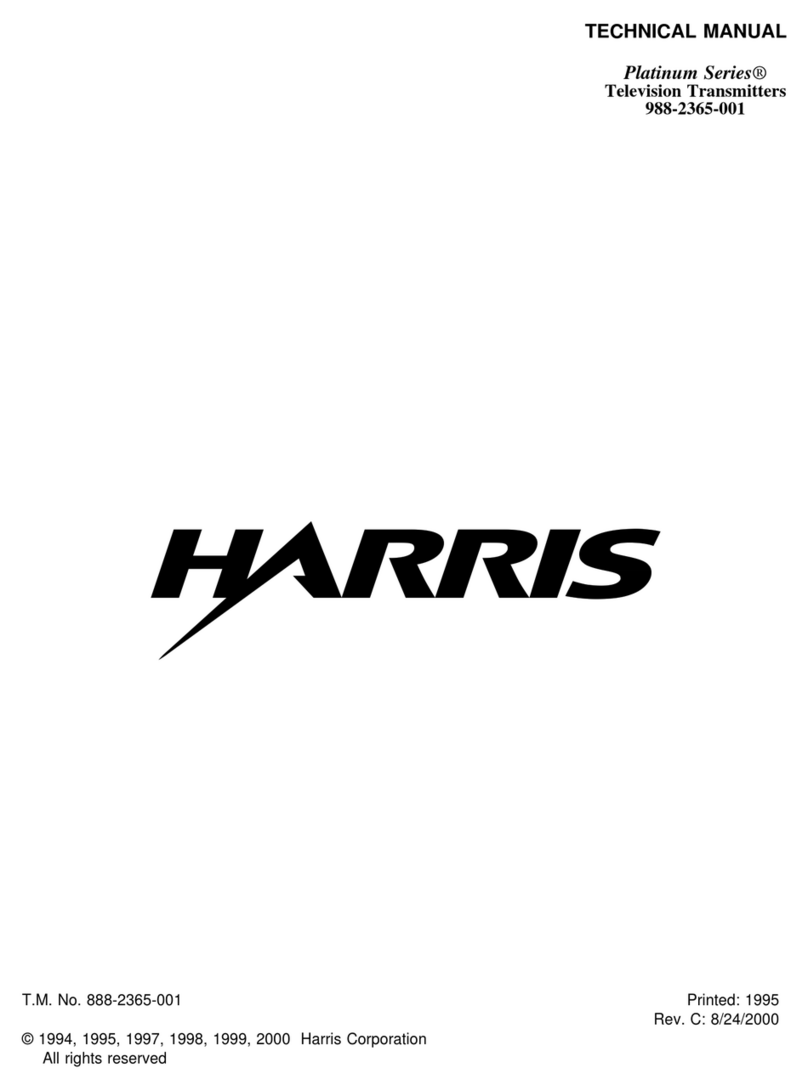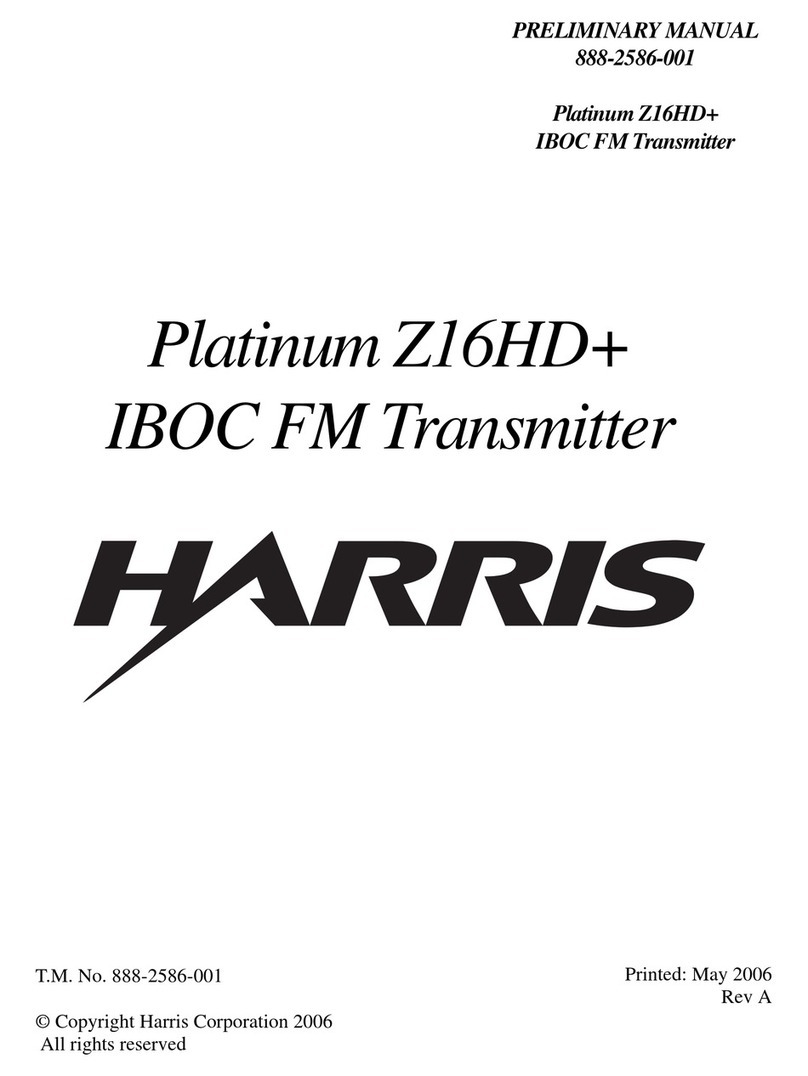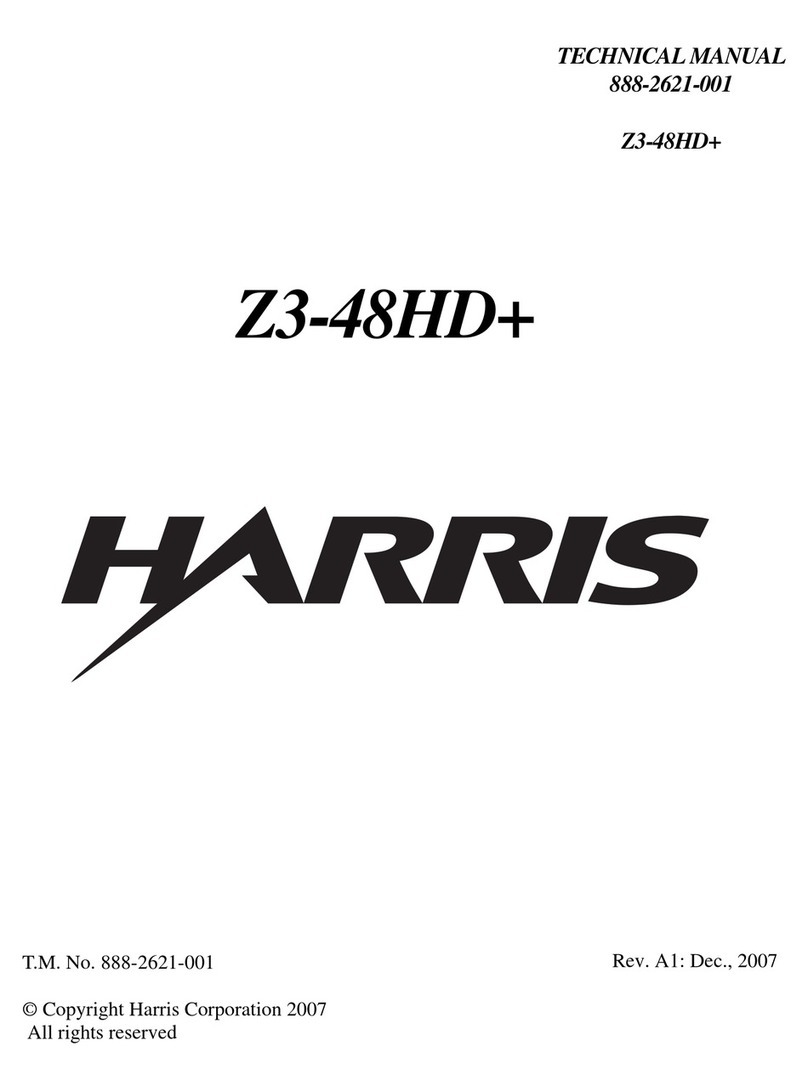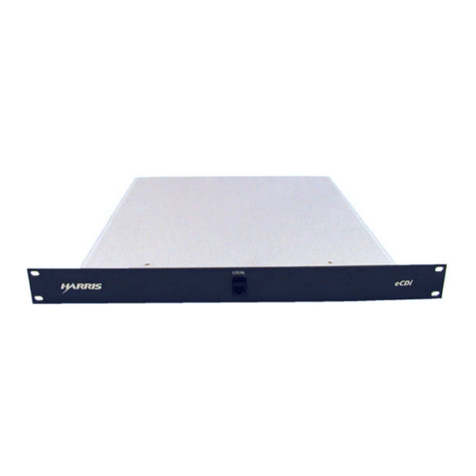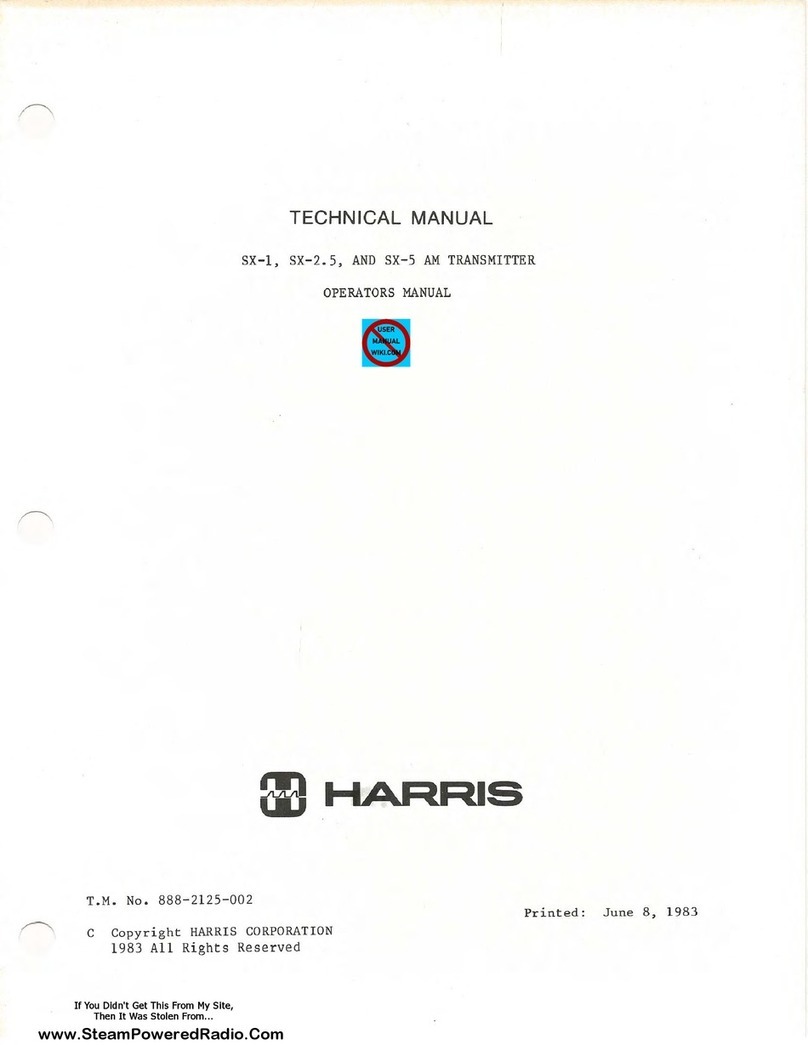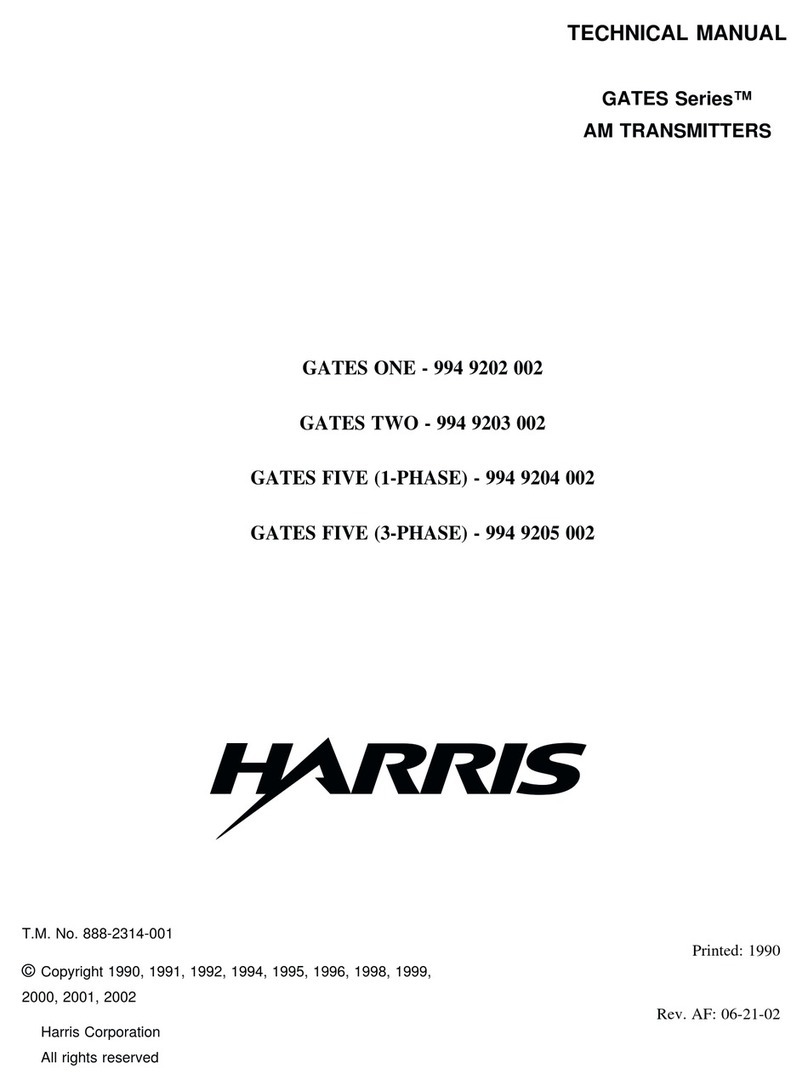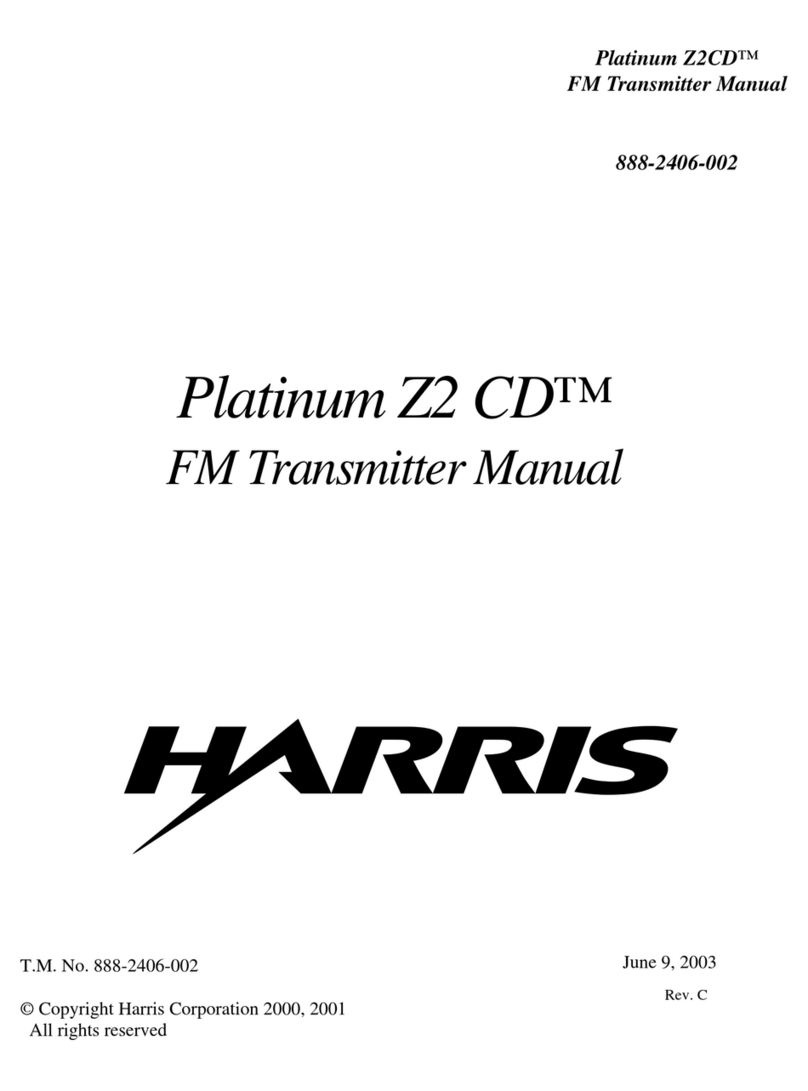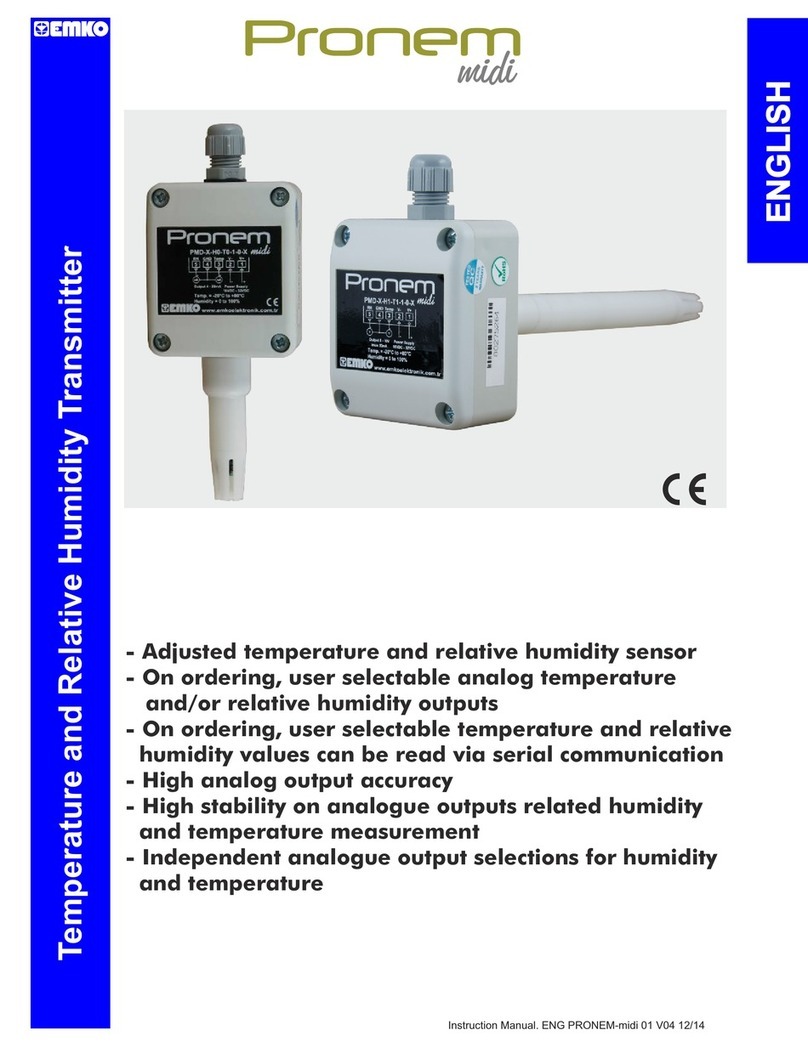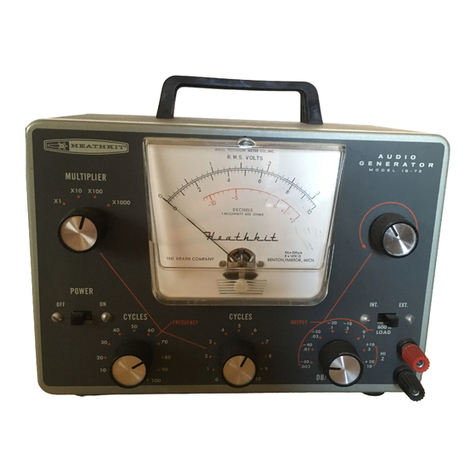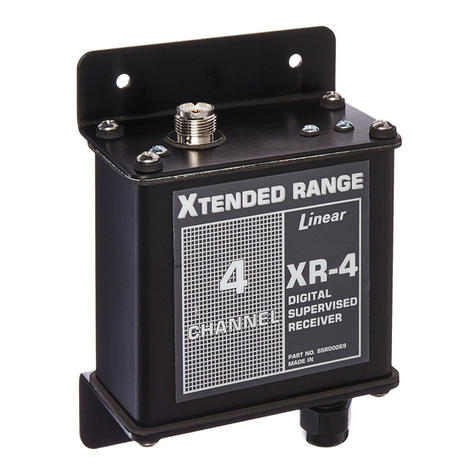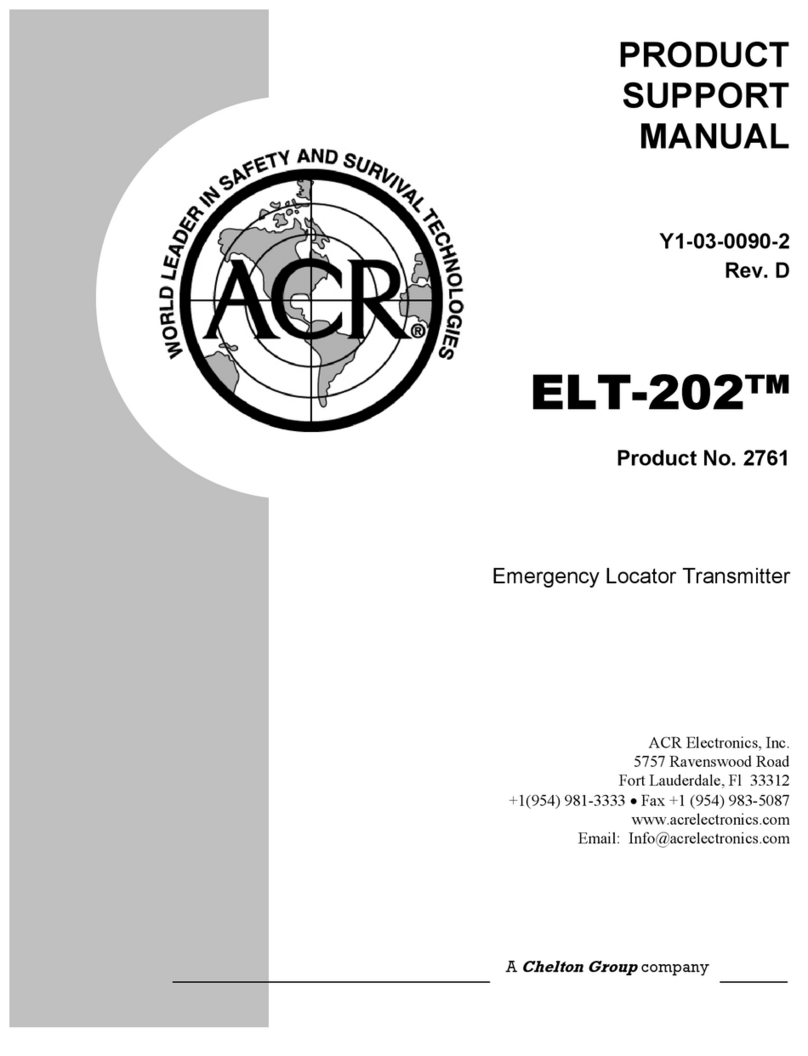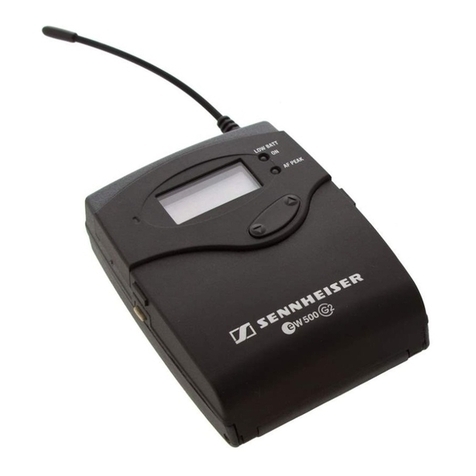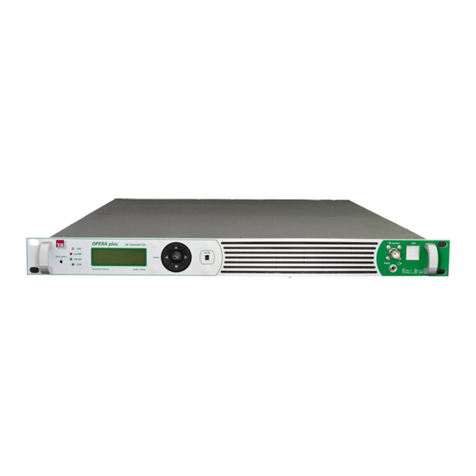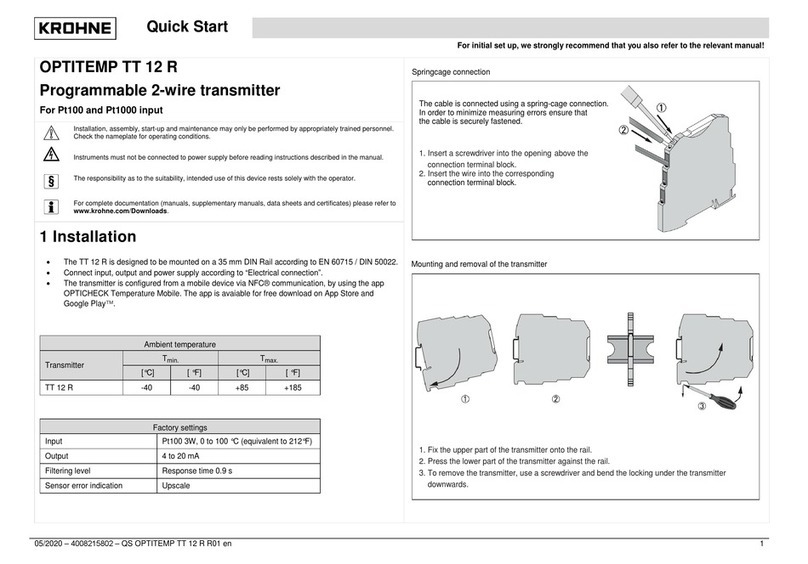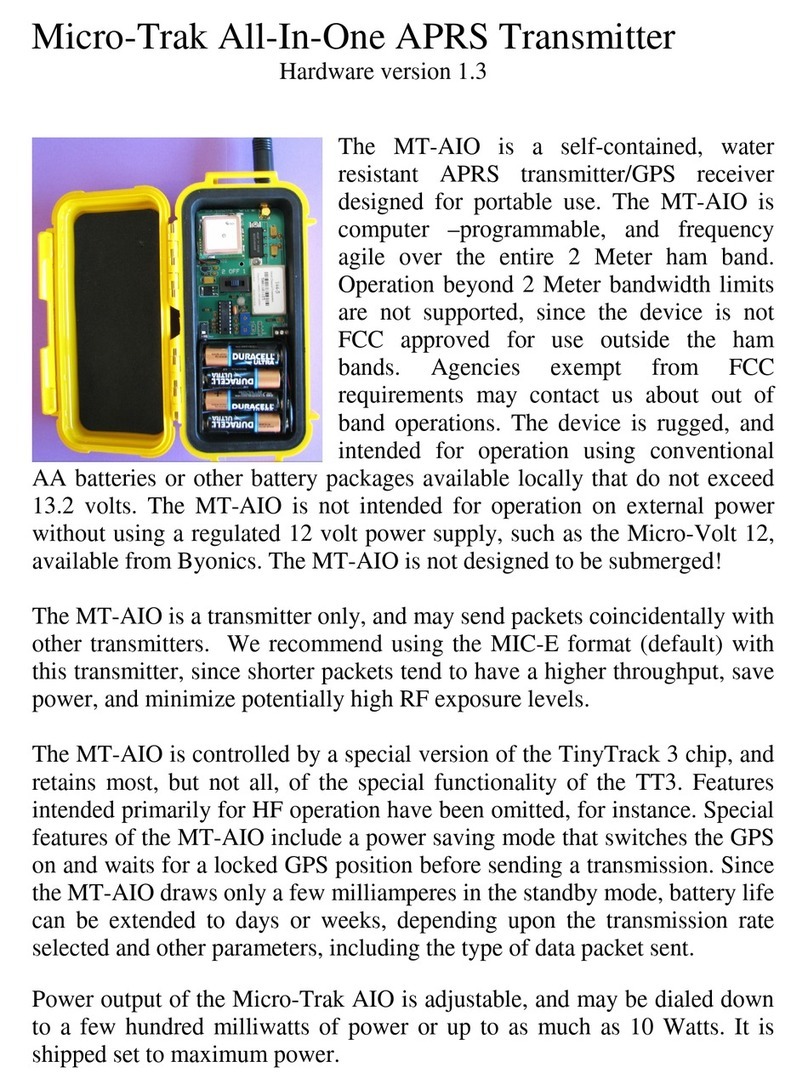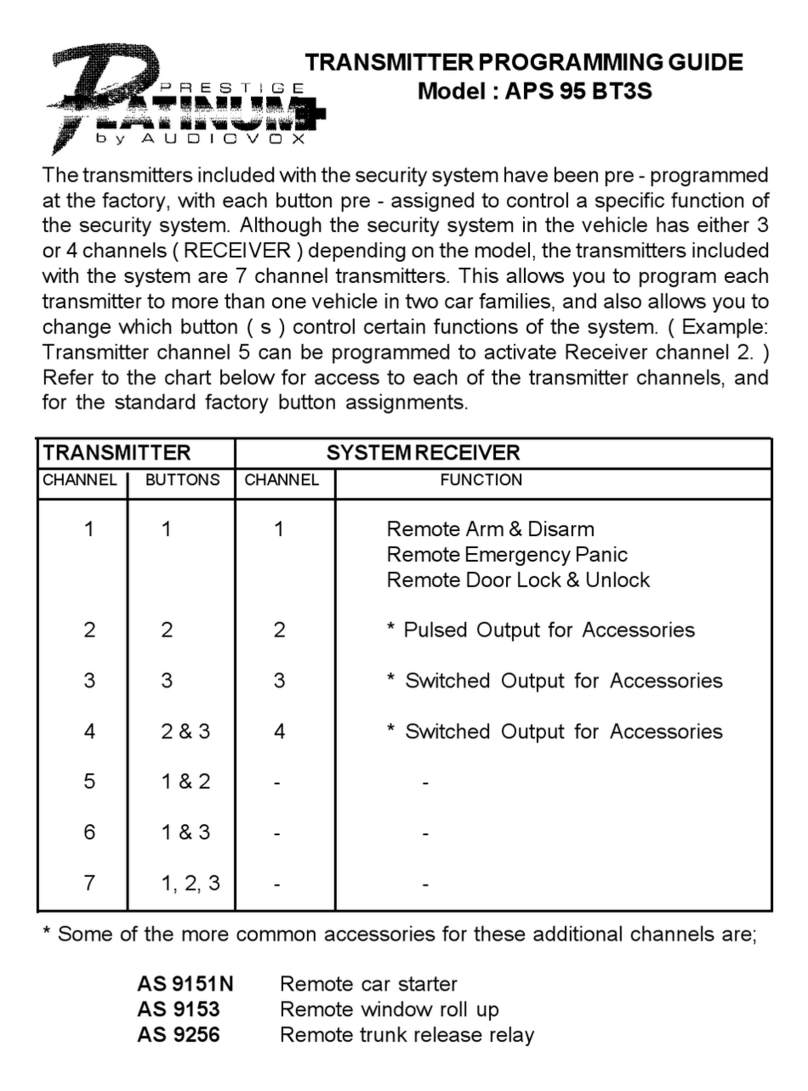
FM HARMONICS IN THE TV BAND
The sharp upsurge in FM broadcasting has in some instances developed
unlooked for interference with local TV reception. In every instance this
interference is in so-called fringe areas for TV reception and where the
strength of the TV signal is weak enough that outside highly directional home
TV antennas are necessary. --- When this condition develops, the TV viewer
quickly learns from his service man that the local FM station is the offender.
---- The FM broadcaster is immediately deluged with requests to eliminate
the interference. In some instances CATV (Community Antenna Television)
systems are also offended as they pick up weak distant TV stations. ------
What is the FM broadcaster’s responsibility? Answer: To meet FCC rules
and regulations as related to harmonic radiation of his FM equipment but not
to guarantee perfect TV reception.
Below is a chart showing the picture and sound frequencies of TV stations
between Channels 7-13 inclusive. Channels Z-6 are not shown. FM harmonics
do not fall in these Channels. In fact, commercial FM station harmonics will
affect only Channels 8 and above --- look at the chart.
TV Channel Picture Frequency Band ---MC-- Sound Frequency
7 175.25 to 179.50 197.75
9”
10
181.25 to 185.50 185i75
187.25 to 191.50 191.75
193.25 to 197.50 197.75
11 199.25 to 203.50 203.75
12 205.25 to 209.50 209.75
13 ,211.25 to 215.50 215.75
The frequency range for commercial FM broadcasting is 92.1 MC to 107.9 MC:
--- To determine the second harmonic of your FM frequency, just multiply your
frequency by 2. Example: If your frequency is 99.9 MC, multiplied by 2 would
make a second harmonic of 199.8 MC. By consulting the above chart, you will
note the second harmonic falls in the picture portion of the TV Channel 11.
Correct FM Harmonic Radiation
The FCC stipulates that transmitters of 3000 watts power and over must have
a harmonic attenuation of 80 db. For 1000 watts, 73 db., and for 250 watts,
66.9 db. All reputable manufacturers design their FM transmitters to meet
or exceed these specifications.
Fringe Area TV Strength Versus FM Harmonics
Let’s take a typical FM station that radiates 70,000 microvolts per meter at
1 mile. At 80 db. harmonic attenuation (as called for by FCC), this station will
radiate approximately 7 microvolts per meter at 1 mile on the second harmonic.
In the case of our Channel 11 example, it is estimated that a fringe area TV
station from 60 to 90 miles distance would have a signal strength of from 5 to
25 microvolts per meter. It can then be easily understood that a 7 microvolt
signal, well within FCC specifications, would definitely interfere with the TV
signal, yet with the FM broadcaster’s equipment performing normally.






















